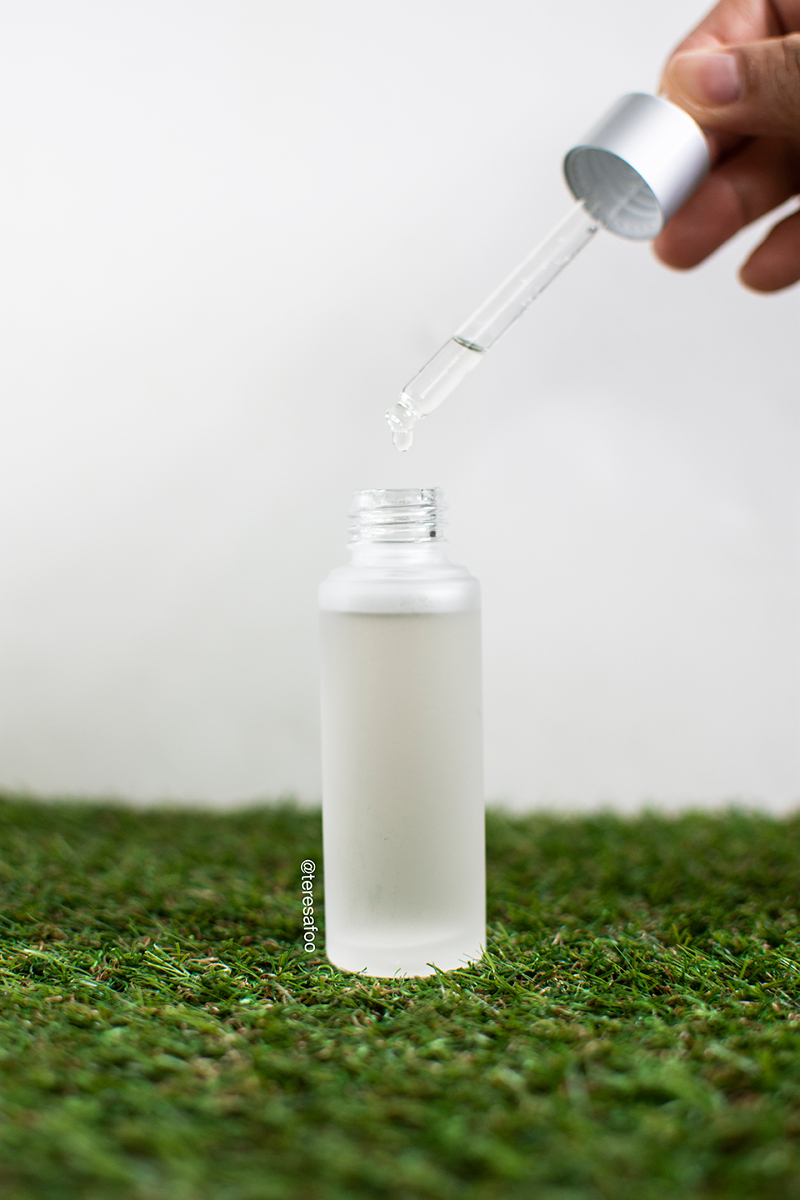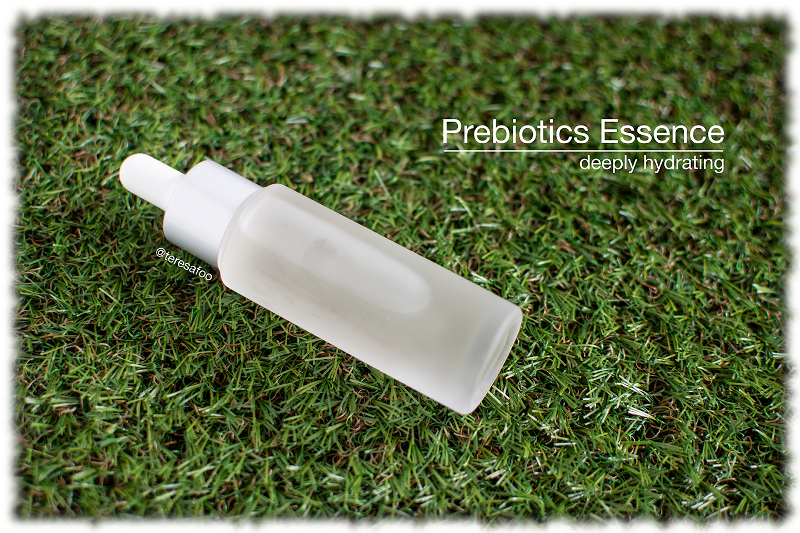Today's blog post is a generous submission from Teresa of BalmKitchen. Teresa is a talented formulator and without any doubt the queen of lip balms. I have had the pleasure of carrying her lip balms in my purse and my suitcase halfway around the world and they remain nice and firm and silky and pleasant during Canadaian winter as well as Carribean summer.
Teresa shares her knowledge during workshops and if you happen to be in Asia and are eager to know her or attend a work shop make sure you subscribe to her newsletter or follow her on Instagram and Facebook.
In today's post, Teresa shares a high performance facial essence she has created with our ingredients. I pass the word to her and wish you lots of fun by following her tutorial
Elham

"Probiotics have been a buzz word not only in the nutrition world but also in the skincare space. Probiotics are live bacteria. Prebiotics on the other hand is a new territory that deserve more attention in food and skincare. In food, Prebiotics or oligosaccharides are the food for the bacteria in your gut and they can be found in garlic, onions and wholegrains. These beneficial bacteria balance out your gut microbiome and take over the harmful bacteria. In skincare, Prebiotics have the potential to promote a healthy skin ecosystem that harmful bacteria has little chance to dominate.
Whenever I create a product, I look at the skin in two-fold - what do I eat and what do I use to achieve healthy looking skin. The Prebiotics essence works to maintain a healthy skin ecosystem by 'feeding' it with beneficial bacteria and also keep my skin deeply hydrated with a cocktail of humectants. It is a light, fast penetrating formula that works very well in tropical climate and suitable for all skin types.
Formulation
| Phase A |
|
| Organic rose hydrosol |
to 100,0% |
| Organic helichrysum hydrosol |
10,0% |
| Vegeluron |
6,0% |
| Renoumer |
3,0% |
| Organic glycerine |
2,0% |
| Plant based pentylene glycol |
2,0% |
| NaPCA |
2,0% |
| Na lactate |
2,0% |
| Skin prebiotics |
2,0% |
| Aloe vera 200:1 powder |
0,5% |
| Natural chelator PA-3 |
0,1% |
| Phase B |
|
| L-Arginine |
to adjust the pH |
| Nicotinamide |
2,0% |
| Versatile preservatibe BL non GMO |
1,5% |
| Lactic acid or L-Arginine |
to adjsut the pH |
ُProcedure:
1- Blend all ingredients of phase A at room temperature. A magnetic stirrer is very helpful but not necessary
2- After all powders are dispersed and phase A is a clear and homogeneous liquid prepare a 10% dilution in distilled or deionized water and measure the pH. The pH should be between 5,5-6,5 before adding the nicotinamide (niacinamide). At a lower or higher pH it will degrade to nicotinic acid which might be sensitizing.
In our case the pH was around 4,5 and we had to increase it with arginine to 5,5 before adding the nicotinamide.
3- After adjusting the pH add the nicotinamide and then the preservative.
4- Prepare another 10% dilition and measure the pH again. We need a pH between 5,3-5,5 and you may need to add either lactic acid or arginine to reduce or increase the pH to the desired range.
5- After pH adjustment take your stability and micro kit samples and fill the rest in suitable containers.
BeHappy and have fun



